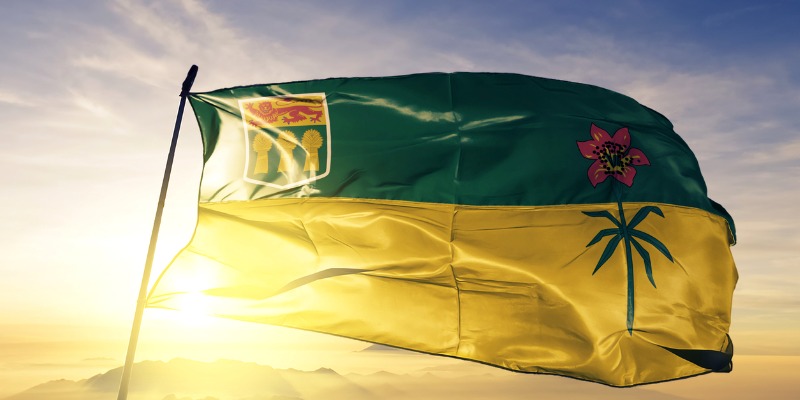Saskatchewan government’s upcoming budget should heed lessons from history

While government has an important role to play in society and the economy, the scale and scope of that role must be subject to ongoing debate. Given that provincial program spending (per-person inflation-adjusted) in Saskatchewan reached its highest level on record in 2021, it’s a good time to review the current size of the Saskatchewan government and the implications for provincial finances ahead of the Moe government’s upcoming budget.
A new study published by the Fraser Institute, which examines program spending for the Saskatchewan government from 1965 to 2021, can provide important insight for today.
From 1965 to 1981, there was nearly uninterrupted growth in per-person government spending (adjusted for inflation), with increases averaging 6.8 per cent annually. This growth caused the size of government to nearly triple, as program spending rose from $2,737 to $7,669 per person. Unrestrained spending growth culminated in a significant build up of provincial debt and fuelled higher debt interest costs, which Saskatchewanians ultimately must pay. In fact, by 1993/94 debt interest payments consumed 23.0 per cent (or nearly one in every four dollars) of provincial government revenue.
In the absence of sizeable tax increases, which can stifle economic growth, it became essential to rein in spending to avoid a fiscal crisis. Ultimately, from 1992 to 2000, the Romanow government took difficult but important action to reduce per-person (inflation-adjusted) spending by an average of 1.8 per cent annually. Correspondingly, the government reduced its debt over the period and ran nearly uninterrupted surpluses, putting provincial finances back on solid ground.
Unfortunately, the lessons learned in the 1990s were quickly forgotten. Since the Romanow era, government spending (per-person inflation-adjusted) has risen an average of 3.5 per cent annually—over and above the rate of inflation. Some of the largest increases were in 2020 and 2021. In fact, inflation-adjusted program spending reached the highest level on record of $16,843 per person in 2021. While the pandemic drove some of the increase, even excluding COVID spending, 2021 was still the highest level of government spending on record at $15,585 per person.
That brings us back to today. Excluding a projected surplus in 2022/23 fuelled by a temporary boost in revenue from inflation and the economic rebound from the pandemic, Saskatchewan has regularly posted budget deficits since 2014/15. In other words, decades of spending growth have once again contributed to a period of routine deficits and debt accumulation. As history has shown, the provincial government will need to tackle these challenges before the province’s finances get out of control.
Unrestrained growth in government spending can put provincial finances and programs at serious risk. Fiscal restraint is challenging, but after a period of persistent budget deficits, it will be necessary for the Moe government to control spending in its upcoming budget.


